PMMA/ZnO Nanocomposites
The surface of ZnO quantum dots, which has an average diameter of 5 nm, can be grafted with poly(methyl methacrylate) (PMMA) by in situ polymerization. In contrast to the previously described approach of dispersing CNT andα-ZrP in thermosetting epoxy, the grafted polymer chains form a shell surrounding each quantum dot that allow them to form a thermodynamically stable mixture with thermoplastic PMMA. We found that the PMMA/ZnO hybrid material that we have synthesized is fully melt-blendable. The melt-blending process is a practical and widely used industrial technique for most commercial polymers. Such a material allows us to easily control the amount of nanofiller in a host polymer by simply adding the nanofiller to the polymer, followed by melt-blending. Furthermore, this method of making nanocomposites has the advantage of being compatible with common industrial processes. The homogeneous dispersion of the ZnO quantum dots is maintained before and after melt-blending. TEM images show that the quantum dots remain individually dispersed in the master batch (which is purely made of PMMA-grafted ZnO) and in the melt-blended nanocomposite. The master batch and the melt-blended nanocomposite are transparent (see figure below), indicating a highly dispersed state and a strong resistance against aggregation (aggregation is commonly seen in other nanofiller-polymer systems) during melt-processing.
 |
We found that both the refractive index and glass transition temperature Tg of the nanocomposite increase with ZnO content. A surprising result is that the Tg shows a linear increase with ZnO weight percent. Although Tg has previously been shown to be affected by the nanofillers in polymer, a linear dependence on nanofiller content has never been reported. We were able to explain this phenomenon by using the Long-Lequeux model for describing glass transition behavior in polymer thin films. The Tg of a polymer thin film with a thickness of hundreds of nanometers and less is known to change as the film becomes thinner. Whether the Tg increases or decreases depends on the kind of interaction between the thin film and its substrate. An analogous situation exists in a polymer nanocomposite as a very thin layer of polymer is sandwiched between two quantum dots; the figure below provides a schematic that explains this concept visually. We were able to fit our Tg data with a quantitative model, resulting in a good agreement with established results for polymer thin films. This result implies that we can apply quantitative models created for polymer thin films to polymer nanocomposites. Our findings also suggest that we can tune the Tg of the nanocomposite precisely. This may become an important method of tuning the physical properties of nanocomposite in the future. Practically speaking, the only way to adjust the Tg of a polymer is to change its chemical structure. Using nanofillers to achieve the same effect may expand the applications of existing polymers while avoiding the complicated process of designing a new polymer.

|
Related Publications
M. Wong, R. Tsuji, S. Nutt and H-J Sue, “Glass transition temperature changes of melt-blended polymer nanocomposites containing finely dispersed ZnO quantum dots”, Soft Matter, 2010, 6, 4482-4490.
